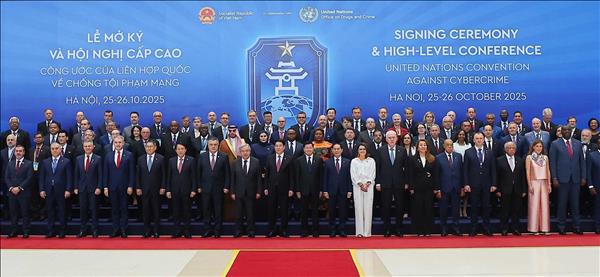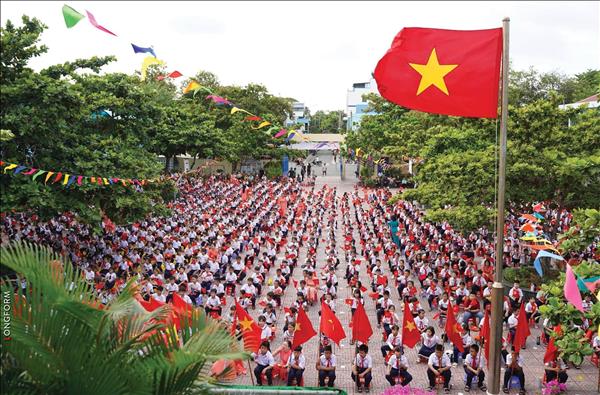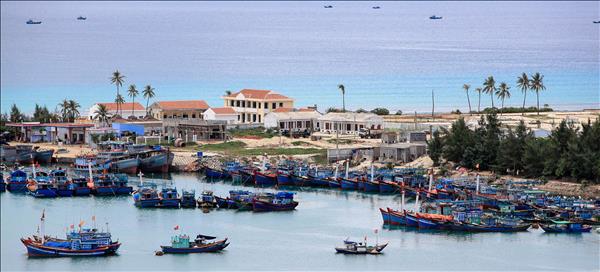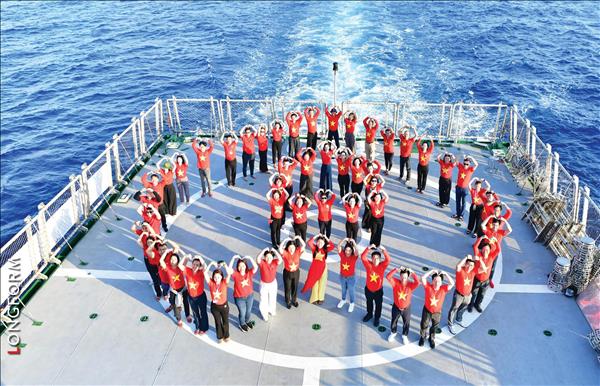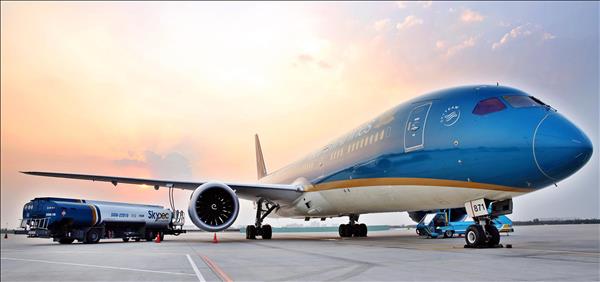Recently, on the occasion of 55 years of the Agent orange catastrophe day in Vietnam (August 10, 1961 - August 10, 2016), an international workshop on agent orange/dioxin toxic chemical was organised in Hanoi with the participation of Vietnamese Deputy Prime Minister Vu Duc Dam, former Japanese Prime Minister Yukio Hatoyama, dozens of foreign and Vietnamese scientists as well as ambassadors and heads of international representative offices in Vietnam.
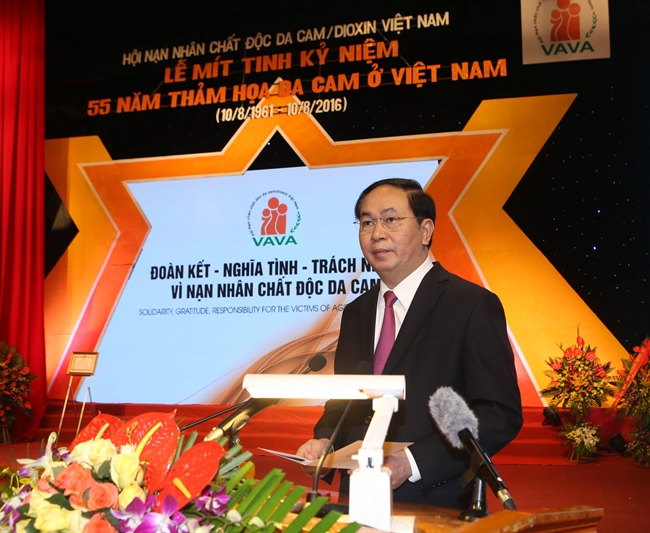
State President Tran Dai Quang addresses the meeting to commemorate the 55th anniversary
of the Agent Orange Disaster in Vietnam (August 10, 1961- August 10, 2016). Photo: Nhan Sang/VNA
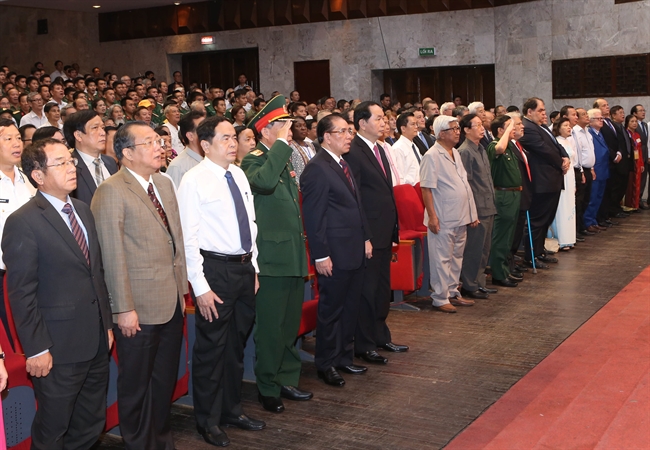
The delegates commemorate Agent Orange victims. Photo: Nhan Sang/VNA
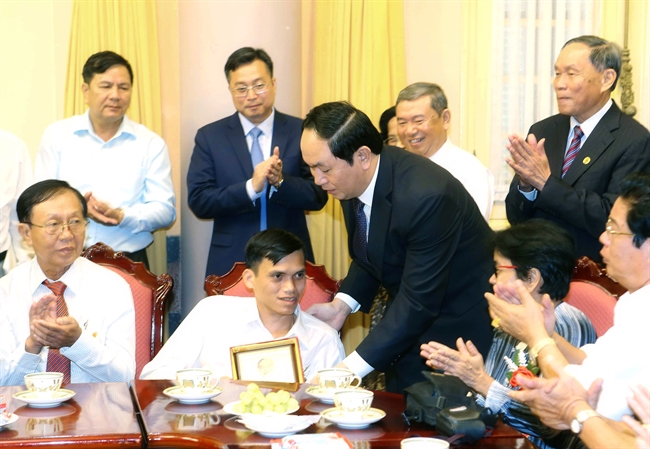
State President Tran Dai Quang presents gifts to Agent Orange victims. Photo: Nhan Sang/VNA
At the workshop, foreign and Vietnamese scientists promulgated and exchanged scientific research results, further clarifying the heavy consequences of agent orange used by the US Army during the Vietnam war, to the environment and human health; made assessments and proposed remedies; unanimously agreed to use data and call upon communities to continue rendering material and moral supports for the victims, support the struggle to reclaim justice for Vietnamese agent orange victims; continued to condemn and prevent the use of chemical weapons as well as other kinds of extermination weapons.
Senior- Lieutenant General Nguyen Van Rinh, President of Vietnamese Agent Orange/ Dioxin Victims Association, said that the consequences of this chemical warfare were truly devastating; about 4.8 million people were exposed to it, including nearly three million agent orange/dioxin victims, of whom hundreds of thousands died while the surviving victims are struggling with dangerous ailments. Agent orange after-effects have been passed to their children, grandchildren and great grand-children. Tens of thousands have been deprived of their right to parenthood. Millions of children were born deformed. Not only Vietnamese, but also American soldiers and ally troops involved in the Vietnam War also became victims of this chemical warfare.
It is much more dreadful in Vietnam, the agent orange/ dioxin after-effects were transmitted to the fourth generation with the number of victims reaching some 2,000.
American planes spread Agent Orange/dioxin in Vietnam’s fields and villages. Photo: War Remnants Museum’s file
US Army’s barrels of chemical toxic at Da Nang Military Airport. Photo: War Remnants Museum’s file
The mangrove forest in Ca Mau is destroyed by Agent Orange/dioxin spread by the American Army. Photo: War Remnants Museum’s file
According to investigations of the National Committee for Research into Agent Orange (Committee 10-80) and a number of foreign studies, the environment in the entire southern Vietnam area has been heavily polluted. Eco-systems have been heavily destroyed and upset; the systems of mangrove forests and headwater forests of 28 principal rivers have been heavily destroyed, thus seriously reducing the anti-flood water storage capacity; while a number of rare and precious flora and fauna species have become extinct.
So far, US military bases formerly used waste land reclaiming storage, mixture and destruction which remain seriously affected, with a dioxin concentration being several thousand times higher than the permitted level. In September 2009, the Canadian Environmental Consultancy Company Hetfield pointed out 28 hot-spots of dioxin pollution, including three of the most heavily polluted points after surveys with fairly adequate data which are the airports of Bien Hoa ( Dong Nai), Da Nang and Phu Cat (Binh Dinh).
The consequences of agent orange/dioxin in Vietnam are extremely terrible. Despite its untold difficulties, Vietnam has tried hard, adopting various policies and mobilising different social resources to assist the agent orange victims. Annually, it has put aside some 10,000 billion dong (500 million dollars) to provide monthly allowances, healthcare and functional rehabilitation for Agent Orange victims and support regions heavily affected by this toxin. However, these efforts remain insufficient for the pains being suffered by Vietnamese agent orange victims.
So far, US military bases formerly used waste land reclaiming storage, mixture and destruction which remain seriously affected, with a dioxin concentration being several thousand times higher than the permitted level. In September 2009, the Canadian Environmental Consultancy Company Hetfield pointed out 28 hot-spots of dioxin pollution, including three of the most heavily polluted points after surveys with fairly adequate data which are the airports of Bien Hoa ( Dong Nai), Da Nang and Phu Cat (Binh Dinh).
The consequences of agent orange/dioxin in Vietnam are extremely terrible. Despite its untold difficulties, Vietnam has tried hard, adopting various policies and mobilising different social resources to assist the agent orange victims. Annually, it has put aside some 10,000 billion dong (500 million dollars) to provide monthly allowances, healthcare and functional rehabilitation for Agent Orange victims and support regions heavily affected by this toxin. However, these efforts remain insufficient for the pains being suffered by Vietnamese agent orange victims.
The War Remnants Museum in Ho Chi Minh City has a lot of evidences
related to the Agent Orange/dioxin disaster in Vietnam. Photo: VNP’s file
An Agent Orange victim is taken care of at Tu Du Hospital in Ho Chi Minh City. Photo: Le Minh
Smiles of Agent Orange victims in Hoa Binh Village, Tu Du Hospital, Ho Chi Minh City. Photo: Le Minh
Giving medical treatment to an Agent Organge victim in Huu Nghi Village, Hoai Duc, Hanoi.Photo: Trong Chinh
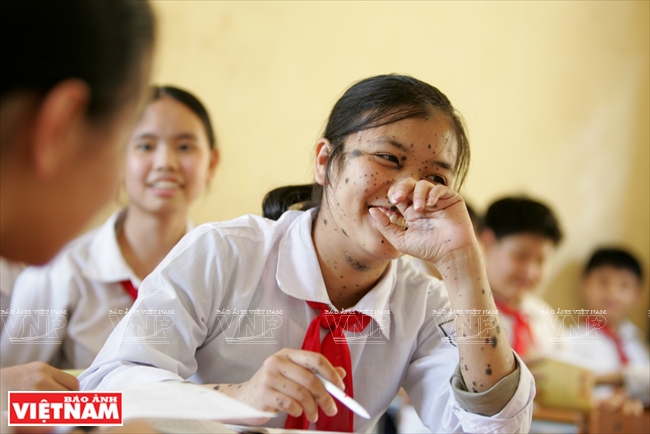
Thai Thi Nga in Tan Ky, Nghe An Province is an Agent Orange victim who has participated four times in the jury board
of the Award "For the rights of world's children" in 2005, 2006, 2007 và 2008. Photo:Trong Chinh
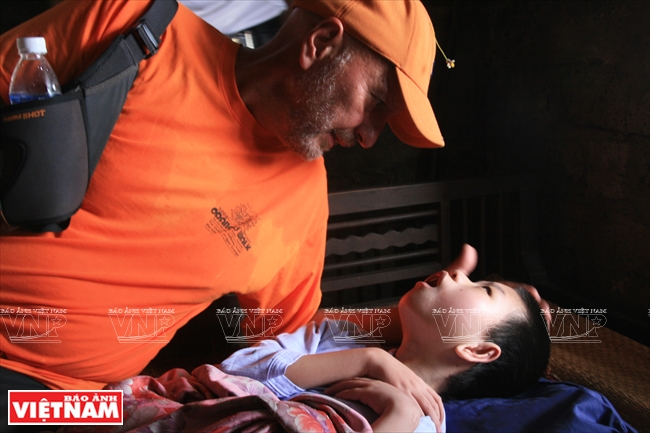
An American war veteran visits a child affected by Agent Orange/dioxin in Quang Tri Province. Photo: VNP’s file
Barbora Ollerova, a British student, volunteers to take care of children affected by Agent Orange/dioxin
in Hoa Binh Village, Tu Du Hospital, Ho Chi Minh City. Photo: Le Minh/VNP
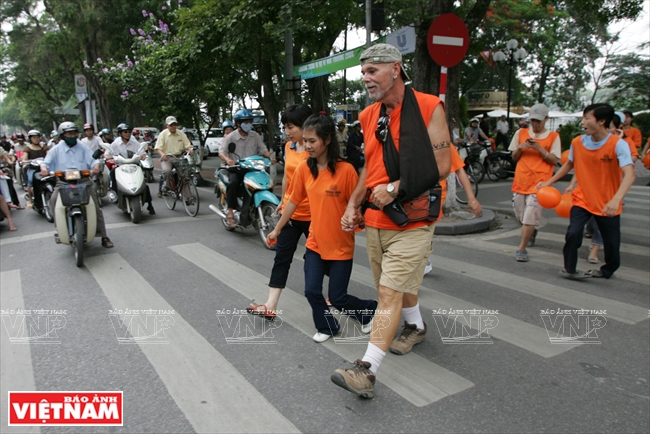
Benard J. Duff, an American war veteran and also a victim of Agent Orange/dioxin, and other Vietnamese victims
took part in the Orange Walk, crossing a distance of over 1,700km from Ho Chi Minh City to Hanoi in 2008 to raise funds
for Vietnamese victims of Agent Orange/dioxin. Photo: Trong Chinh/VNP
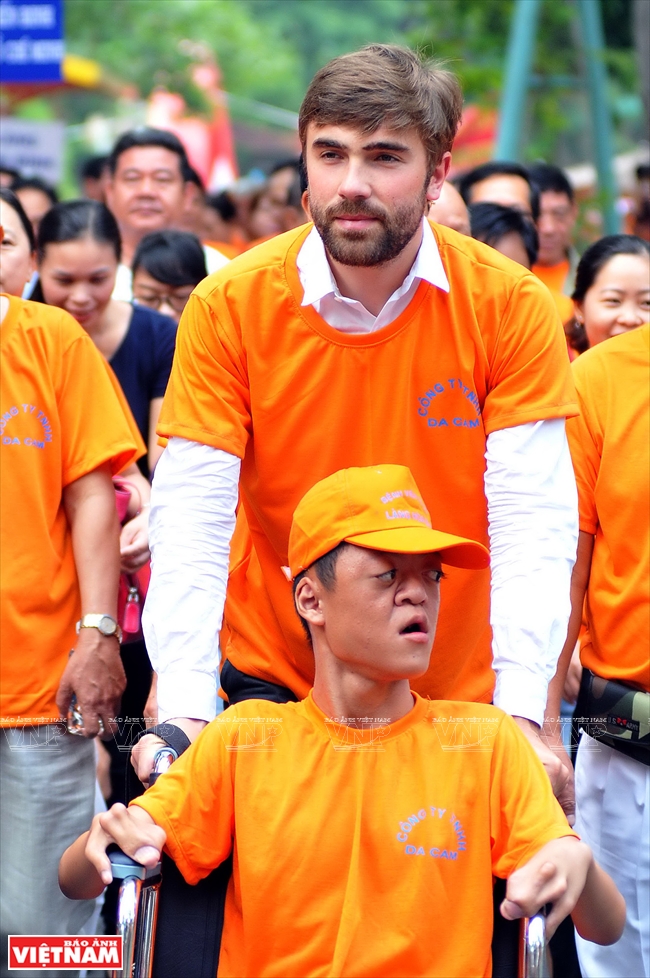
More and more international organisations and individuals are supporting Vietnamese Agent Orange/dioxin victims. Photo: An Hieu
Addressing the workshop, Deputy Prime Minister Vu Duc Dam said the efforts, moral, intellectual or material, made by any one to overcome the consequences of the agent orange/ dioxin catastrophe and support the victims are invaluable. He stated: “ The Vietnamese do not produce, buy, import or spray Agent orange in Vietnam but they continue to be victims of this deadly toxin!”.
The Deputy Prime Minister said, “There is no other alternative but to intensify cooperation, with the voices of science, conscience and truth, so that all war victims, especially dioxin victims, are assisted and given justice”.
The Deputy Prime Minister said, “There is no other alternative but to intensify cooperation, with the voices of science, conscience and truth, so that all war victims, especially dioxin victims, are assisted and given justice”.
|
|
By VNA/VNP

